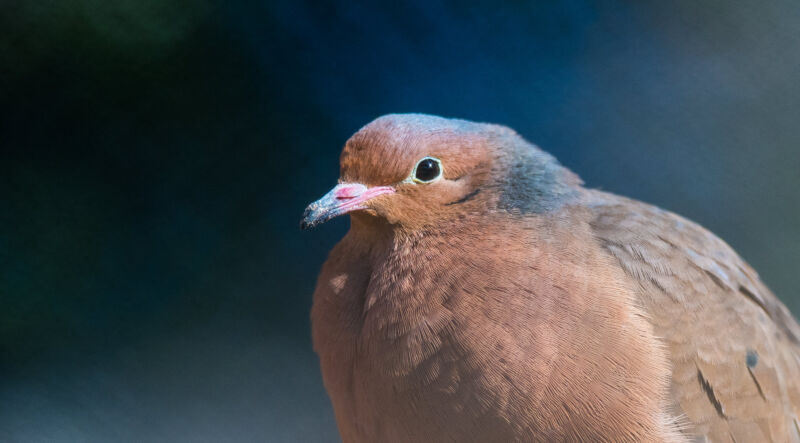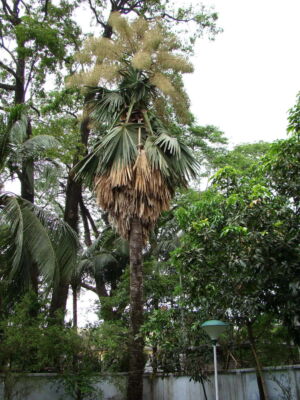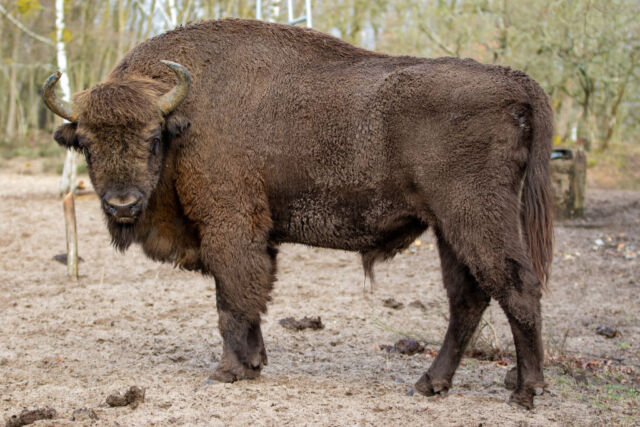
1981 In April, a group of four camp for two days and two nights on the forested slopes of Mount Everman, the central peak of Socorro, a volcanic island in the Pacific Ocean about 400 km southwest of Baja California , in Mexico. Their vain search confirmed their suspicions; The socorro pigeon, the island's favorite pet bird, has disappeared, eaten by the cats of Spanish settlers, hunted by grazing sheep and shot out of the sky by hunters.
But the species has not disappeared. 56 years before this research, in 1925, 17 Socorro pigeons were collected from the island and placed in an aviary in California (USA). Somehow, almost 100 years later, the descendants of these birds, the last Socorro pigeons on the planet, are still with us, in common captivity in Europe and North America.
It's a strange frontier. it came out of nature, but not completely gone. And it's not just in the case of Socorro pigeons. Our research has confirmed that at least 33 animals and 39 plants no longer have wild populations, but survive under human protection in places such as zoos, aquariums, botanical gardens and seed banks.
 These species are classified as "extinct in the wild" on the IUCN Red List, which conservation biologists use to assess and communicate extinction risk. It's a diverse collection that includes the manicillo, a relative of the peanut found only in Bolivia; The tali palm was originally identified from a single specimen at the University of Dhaka, Bangladesh; and a variety of forest snails from remote Pacific islands.
These species are classified as "extinct in the wild" on the IUCN Red List, which conservation biologists use to assess and communicate extinction risk. It's a diverse collection that includes the manicillo, a relative of the peanut found only in Bolivia; The tali palm was originally identified from a single specimen at the University of Dhaka, Bangladesh; and a variety of forest snails from remote Pacific islands.
In a way, there's something to celebrate here: a lost bond. What future for these species? Human care cannot protect them forever. Conversely, the longer they spend in captivity, the greater the risk of inbreeding or loss of genetic diversity that helps them resist disease and other threats. Eventually, they die out naturally, especially if their population is small.
life in captivity
The nature of the Red Book means that conservationists do not systematically count the number of seeds, plants or animals in captivity, or track their changing status, as we do for wild species in Endangered. A wild species with thousands of extinct species is no different from a species represented by a few individuals. We have somehow ignored the threat of extinction of the group of species for which we are most responsible.
Our study of this group revealed a cause for concern. In most cases, these populations appear to have been established by a small number of individuals and will require large populations, ideally thousands, to better guard against future genetic disruption and extinction. Unfortunately, most species, as far as is known, are kept in small numbers (hundreds or less) and in a small number of facilities (often fewer than eight).
There is also a lack of coordinated planning between authorities and regions where the same species is held. This is especially true for systems where it is not always known how many sets are true. Fortunately, botanic gardens have recently made efforts to share information and work more closely together. Seed banks are also important facilities that can store endangered plants in seed form for decades or even centuries. But most extinct wild plant species are not easily identified in online databases, which could allow conservationists from different regions to work on joint restoration projects.
Supervisors and society in general must do better. We know total extinction is a real threat. Of the 95 species that have become extinct in the wild or confined to human care since 1950, 11 have since disappeared permanently, such as the Christmas Island whip and the St. Helena olive, endemic to the island of the same name. . South of the Atlantic Ocean.
back to nature
Is there hope? Perhaps surprisingly, yes. The flip side of the 11 species we lost are the 12 species that returned to the wild. These include the European bison, which disappeared from the wild in 1927 and now thrives in its eastern Europe and Russia, thanks to reintroduction efforts that have used the resources of European zoos for years. 1950.

Fortunately, there was more to come. two-thirds of animals that became extinct in the wild and a quarter of extinct plants have already been released back into their natural habitats. These fledgling populations may not yet reach true "wild" status, such as producing viable offspring, but it's a promising start. They show that extinction in the wild doesn't have to be a dead end. it can be a platform for long-term recovery.
But if this is the goal for all extinct wildlife and other critically endangered species, a change must be made in the way they are viewed and funded. Conservationists must continue to save endangered species and care for them in captivity. But together, we must also commit to revitalizing the vulnerable populations in our care, with more people in more facilities.
In cases where reintroduction is difficult, we must redouble our efforts to find and reduce threats to natural habitats, or study whether populations can establish themselves in new areas. Continued conservation of these wild populations will likely be necessary.
In danger, but recovery is possible. Conservation biologists have the tools to succeed, but to do so they need the support and attention of policymakers, funders and the wider community.
Donald Smith is a Postdoctoral Research Fellow in Conservation at the Zoological Society of London and Sarah Elizabeth Dalrymple is a Lecturer in Conservation Ecology at Liverpool John Moores University.
This article is republished by The Conversation under a Creative Commons license. Read the original article.


Post a Comment
Post a Comment